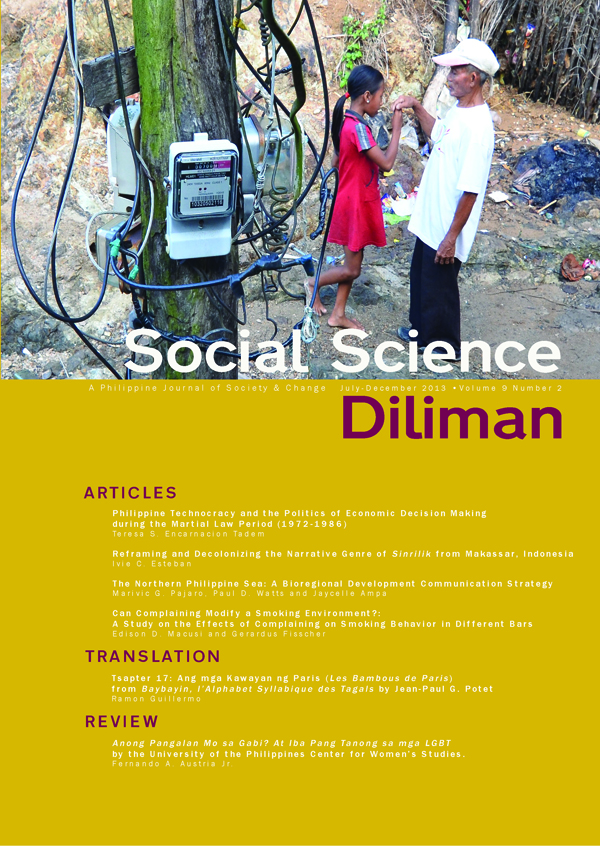Reframing and Decolonizing the Narrative Genre of <em>Sinrilik</em> from Makassar, Indonesia
Abstract
This article draws on the sinrilik prose tradition of Makassar, South Sulawesi, Indonesia. The major concern is to explore the contentious relationship of history and literature by examining the narrative structure of the Sinrilikna Kappalak Tallumbatua (1993) and its English version, The Kingdom with a Thousand Hollow Ships. My theoretical orientation leans on the notions of fragmentary recollection and historical imagination as narrative techniques. I argue that historicizing and contemporizing the sinrilik are conceptual frames of decolonizing the Western canons of assumed principles of knowledge on what constitutes a text and how to analyze it. Although the Malay world with its grand narrative of colonialism and resistance is one of the ideal sites of the Other in cultural studies, literary criticism on the other hand remains Western in its conventions. In this essay, I propose ethnohistorical literary criticism as an alternative framework to probe into the text as a literary artifact. The composer’s (or scribe’s) depiction of the war launched by the kingdom of Gowa against the Vereegnigde Oostindische Compagnie (VOC) or The Dutch East India Company in the sixteenth century offers a glimpse on how the tension between Gowa and Bone is symbolically recounted and resolved. Since symbols are consecrated by tradition or by collective memory, the composer embellishes the story with two historical f igures. Sultan Hasanuddin, the 16th ruler of the Kingdom of Gowa (ruled 1653-1669), and Arung Palakka (ruled 1672-1696), the Bugis warrior and later the “overlord” of South Sulawesi, are alluded to in the characters of Karaeng Tunisombaya (the King of Gowa) and Karaeng Andi Patunru (the crown prince), respectively. The greatness of Gowa, its defeat and downfall, and the collaboration of the Bugis with the VOC have become part of the people’s lore where selective memory supersedes historical imbroglio. Gowa’s injustice towards the Bugis is relived and Arung Palakka, known as the “long-haired prince,” is ambiguously characterized as Gowa’s crown prince, Karaeng Andi Patunru, who was falsely accused of treason. Decolonizing the sinrilik also attempts to highlight the cultural meanings of jiwa (soul) of the crown prince and of Gowa’s downfall within the Bugis-Makassarese worldview.
Keywords: Sinrilik, frame analysis, ethnohistorical literary criticism, jiwa, Makassar War, kingdom of Gowa, VOC, Malay world, Bugis- Makassarese


